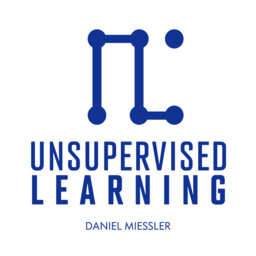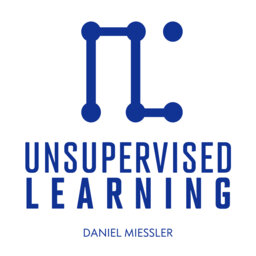How My Projects Fit Together (Substrate, Fabric, Telos, Daemon, and Human 3.0)
This episode, "How My Projects Fit Together," is a follow-up to a previous post called "What I Am Doing & How It's Going".
Here, Daniel Miessler addresses the most commonly asked questions: "I see all your projects, but what are they? How are they related?"
He takes an individual look at his various projects (Substrate, Fabric, Telos, Daemon, and Human 3.0) and then how they work together to tackle big issues such as the lack of purpose and meaning in people's lives, preparing people for the impact of AI in society, and the need for holistic human development.
For all the projects’ links,visit: https://danielmiessler.com/p/how-my-projects-fit-together
- Intro (00:00:00)
- Identifying Major Problems (00:00:47)
- Lack of Purpose and Meaning (00:01:50)
- Impact of AI on Society (00:01:50)
- Training for Full-Spectrum Individuals (00:03:02)
- Security as a Core Focus (00:03:02)
- Helios: Attack Surface Monitoring (00:04:11)
- Daemon: Security Program Management (00:05:16)
- Substrate: Enhancing Human Understanding (00:06:21)
- Argument Components in Substrate (00:07:35)
- AI and Argument Detection (00:10:59)
- Fabric: Augmenting Humans with AI (00:15:26)
- Fabric Patterns for Problem Solving (00:16:31)
- Fabric Overview (00:19:36)
- Telos Introduction (00:20:50)
- Articulating the Mission (00:21:50)
- Telos File Example (00:22:53)
- Managing Personal Life with Telos (00:23:57)
- AI and Purpose (00:26:10)
- Daemon Introduction (00:28:21)
- API Concept in Daily Life (00:29:28)
- Digital Assistants and APIs (00:31:40)
- Human Connection through Sharing (00:37:52)
- Daemon Personal API Broadcast (00:39:53)
- Human 30 Introduction (00:43:07)
- Human 30 Philosophy (00:45:22)
- Impact of AI on Work (00:48:47)
- Human 30 Platform Overview (00:51:00)
- Summary of Projects (00:54:03)
- Vision of Future AI Integration (00:56:21)
- Encouragement for Clarity and Purpose (00:57:39)
- Encouragement for Purpose (00:59:47)
- Articulating Your Work (01:00:46)
 Unsupervised Learning
Unsupervised Learning


